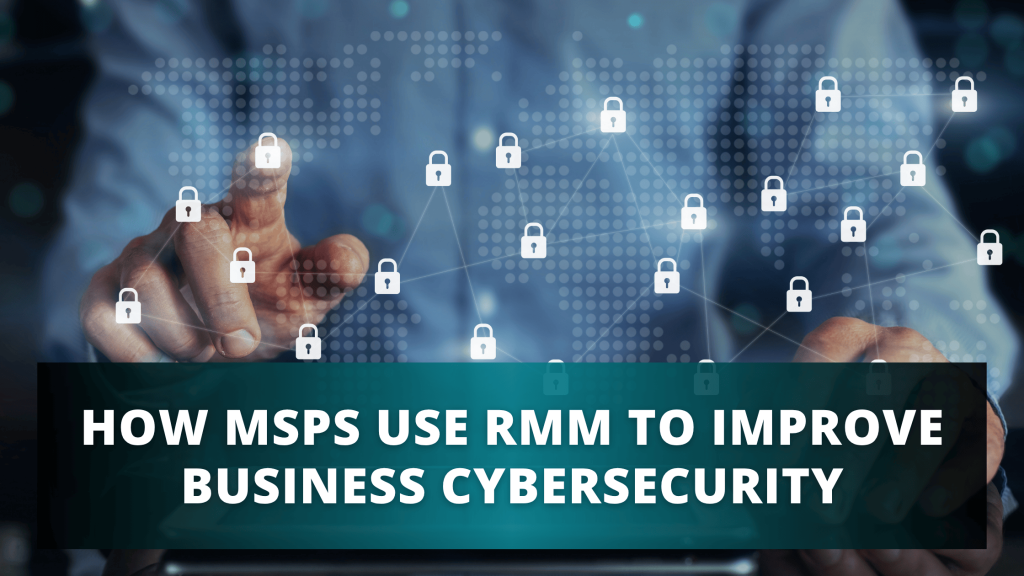How MSPs use RMM to Improve Business Cybersecurity
Businesses face a growing array of cyber threats that can disrupt operations, compromise sensitive data, and damage reputations. To stay protected, many organizations are turning to Managed Service Providers (MSPs). Among the many tools MSPs use to safeguard their clients, Remote Monitoring and Management (RMM) software plays a pivotal role in enhancing cybersecurity.
What Are MSPs and Their Role in IT Security?
Managed Service Providers act as an outsourced IT department for businesses of all sizes. They take on the responsibility of ensuring that an organisation’s networks, devices, and systems run efficiently and securely. MSPs provide services such as:
- 24/7 network monitoring
- Patch management
- Data backup and recovery
- Endpoint protection
- Security assessments and compliance support
- Upscaling and managing tech elasticity
By partnering with an MSP, businesses gain access to expert knowledge and advanced tools without the cost of building a full in-house IT team. One of the key technologies MSPs rely on to deliver these services is RMM.
What Is RMM and How Does It Help?
Remote Monitoring and Management (RMM) is software that allows MSPs to monitor client endpoints, networks, and computers remotely. This tool provides real-time insights into the health and performance of IT systems and enables proactive maintenance and rapid response to potential issues.
Here’s how RMM enhances cybersecurity:
1. Real-Time Monitoring
MSPs use RMM tools to continuously observe system activity across all client endpoints. This real-time visibility helps identify unusual behaviour that could signal a security breach, such as unauthorised logins, high CPU usage, or unexpected software installations.
2. Proactive Threat Detection
Instead of waiting for something to go wrong, RMM enables MSPs to detect threats early. Advanced RMM solutions integrate with antivirus, anti-malware, and endpoint detection and response (EDR) tools to automatically flag suspicious activity and generate alerts before a breach occurs.
3. Automated Incident Response
RMM platforms often include automation features that allow MSPs to take immediate action when a threat is detected. For example, if ransomware is suspected on a device, the RMM tool can isolate that device from the network, run a malware scan, and notify technicians without waiting for human intervention.
Real-World Examples of RMM in Action
Preventing Malware Spread: An MSP receives an alert via their RMM platform that an endpoint is communicating with a known malicious IP address. They immediately quarantine the device, block the IP, and run an antivirus scan, preventing the malware from spreading to other systems.
Ensuring System Uptime: A client’s server is running low on disk space, which could lead to downtime or performance issues. The RMM tool automatically alerts the MSP, which then cleans up temporary files or adds storage before it becomes a problem.
Managing Patch Updates: Unpatched software is a major cybersecurity risk. RMM software allows MSPs to automate the deployment of critical security updates across all devices, reducing the attack surface and ensuring compliance with security policies.
Key Takeaways for Businesses Considering MSP Services
Enhanced Security: MSPs armed with RMM tools can detect, respond to, and prevent cyber threats faster and more efficiently than traditional IT setups.
Minimized Downtime: Proactive maintenance and real-time monitoring keep systems running smoothly.
Cost Efficiency: With RMM automation, MSPs can manage more endpoints with fewer resources, leading to cost savings for clients.
Scalability: As your business grows, MSPs can easily scale their services using RMM platforms to match your evolving needs.




